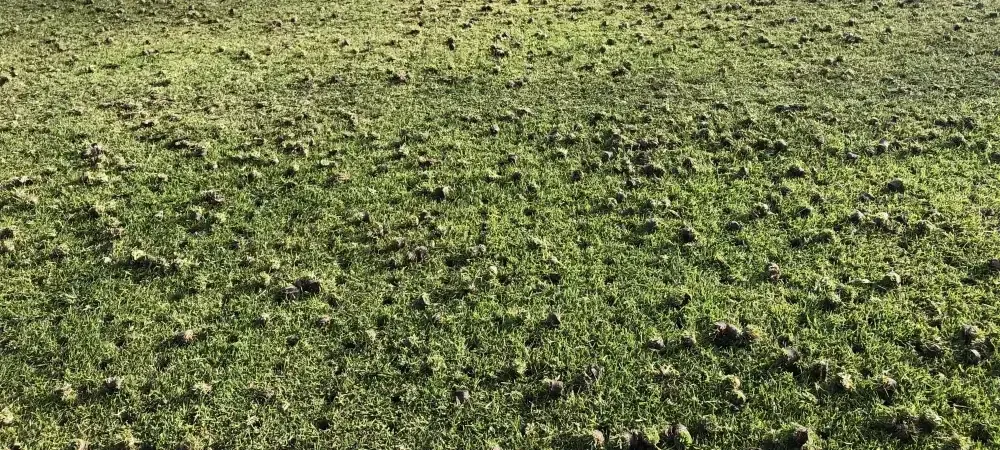How Often Should You Be Aerating Your Lawn

Looking after a lawn and making sure it stays fresh and healthy is often easier said than done. From clearing leaves and snow from your lawn in the colder months to fertilising, mowing, and removing weeds in spring and summer, you have to put a lot of work into keeping your lawn green.
In addition to the above, you should also ensure that you aerate your lawn as and when necessary.
What is Aerating, and How Does it Help Your Lawn?
Aerating is the process of creating small holes in your lawn to allow nutrients, water, and air to reach deep into the soil. This helps reduce lawn compaction, improves root growth, and promotes overall lawn health, ensuring your grass thrives and stays strong.
Lawn compaction occurs across almost all lawns through moving, foot traffic, rainfall, and even gravity. This makes it a safe bet that you will have to aerate your lawn periodically.
When is the Best Time to Aerate Your Lawn?
Homeowners should also aim to aerate not long before they plan to reseed or fertilize their lawn. This is because the aeration process best prepares the lawn to absorb the nutrients or the seeds.
How Often Should You Aerate Your Lawn?
You shouldn't aerate your lawn too often, as it can create too many holes and harm the grass. Generally, aerating once a year is sufficient. However, soil type plays a role—if you have clay soil, which compacts more easily, you may need to aerate more frequently to maintain healthy grass.
Generally speaking, you should aerate your lawn when it looks like it is starting to need it. However, make sure that you never do it more than once a year.
What Are The Best Conditions for Aeration?
The best conditions to aerate your lawn are when the soil is moist, but not too wet. Wet soil can prevent the aerator from creating deep holes, while dry or overly hot conditions can damage your lawn. Avoid aerating during droughts or extreme heat, as this can lead to soil dryness and harm your grass. Aim for a time when the soil is moist from rainfall or watering for the best results.
Keep Your Lawn Thriving with Expert Care
If you want to know more about how to look after your lawn and keep it green and healthy, visit Grasshopper Lawns today! Our team of experts is here to guide you with professional advice, tips, and services tailored to your lawn's needs. Whether you need help with aeration, weed control, or fertilization, we’ve got you covered to ensure your lawn thrives all year round. Don’t wait—contact us today to give your lawn the care it deserves!
